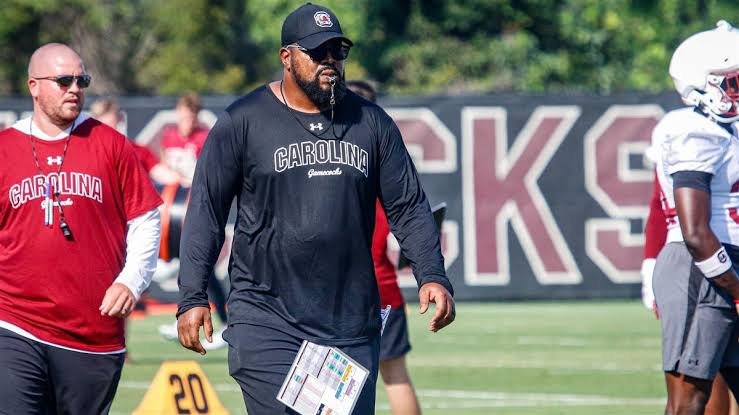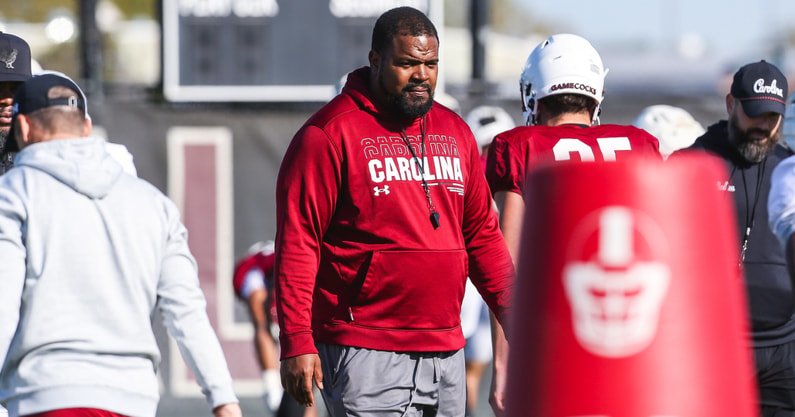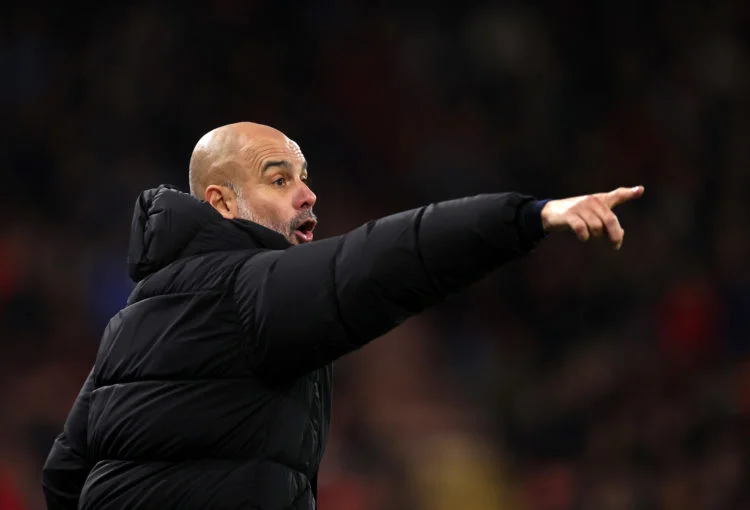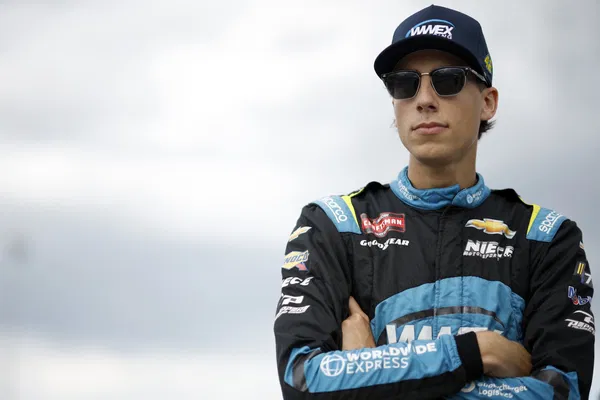South Carolina defensive line coach Travian Robertson knows exactly what kind of athletes he wants in his unit — and sometimes, he finds them on the hardwood.
Speaking with GamecockCentral, Robertson shared that basketball players often stand out when scouting potential defensive linemen. “When I’m visiting schools or watching tape,” he said, “I’m looking to see who’s in the gym… if you play basketball and you’re on the D-line, with how Coach White calls plays, you’ll fit in great.”
Robertson values footwork, mobility, and athletic instincts — all traits that basketball often helps develop. “I’ve got a vision,” he said. “Big guys who can move have a real place in this league. You’ve got to coach them up on the techniques, but the tools are there.” However, he also pointed out the challenge: “There’s a lot of long, athletic guys out there, but not all of them really want to do the work.”
While Robertson collaborates with Sterling Lucas (defensive ends/OLB) and Clayton White (defensive coordinator), his main focus is on the defensive tackles. His recruiting for the 2025 class reflects his philosophy: length, size, athleticism — and a background in basketball.
“These guys I brought in, like Caleb Williams — his arms, his size, that’s SEC material,” Robertson said. “Once we get him in the program and teach him how to strike and explode, it’s going to be a show.”
Williams joins Christian Ingram and Zavion Hardy in the 2025 class. All three stand at least 6-foot-5, weigh around 290 pounds, and — no surprise — played basketball.
They’ll help fill the void left by four Gamecock defensive linemen who departed for the NFL. But with returners Nick Barrett and Monkell Goodwine, plus portal additions like Gabriel Brownlow-Dindy, Davonte Miles, and Troy Pikes, Robertson feels confident. “They’re a hungry group,” he said. “They know they’ve got big shoes to fill, and they want to do it… I’m excited.”
Robertson’s approach is shaped by his own time in Columbia. As a player under Brad Lawing, he was part of one of the most physically imposing defensive lines in program history. “I’m a tall guy myself,” he said. “Cliff Geathers was 6-6, Cliff Matthews was 6-4. That changed the D-line.”

He played alongside names like Jadeveon Clowney, Devin Taylor, Chaz Sutton, Kelcy Quarles, Aldrick Fordham, and Gerald Dixon Jr. — all big, athletic linemen who helped anchor dominant defenses.
Now coaching the next generation, Robertson emphasizes positional versatility just as much as physical traits. “Offenses are smart. They go fast and switch formations,” he explained. “If you’ve got a guy who can only play one side, you’re stuck. I tell my guys, ‘You’ve got to be able to shift.’”
That expectation means his linemen might play on either side of the ball — and even rotate between interior and edge positions. TJ Sanders and Tonka Hemingway did just that, moving between nose tackle, 3-technique, and even defensive end roles.
That’s why pure size alone doesn’t impress him. “Somebody will tell me, ‘I’ve got this 6-8, 380-pound tackle!’ and I’m like, ‘Can he move?’” Robertson joked. “I’m picturing him against Tennessee going fast — he can’t help us. There’s a place for guys like that, but it’s not in our defense. We take pride in who we pick.”



